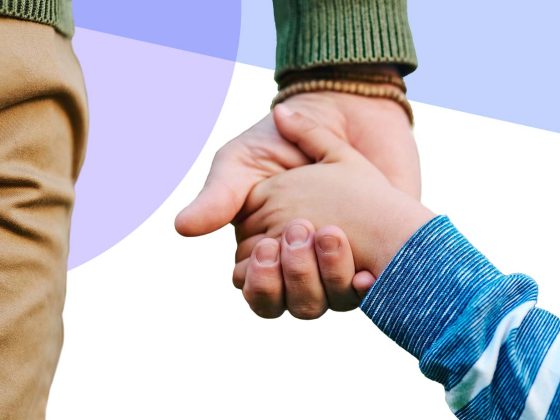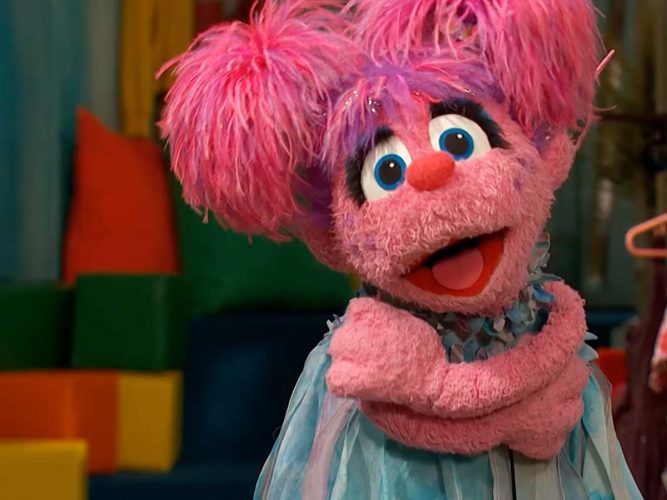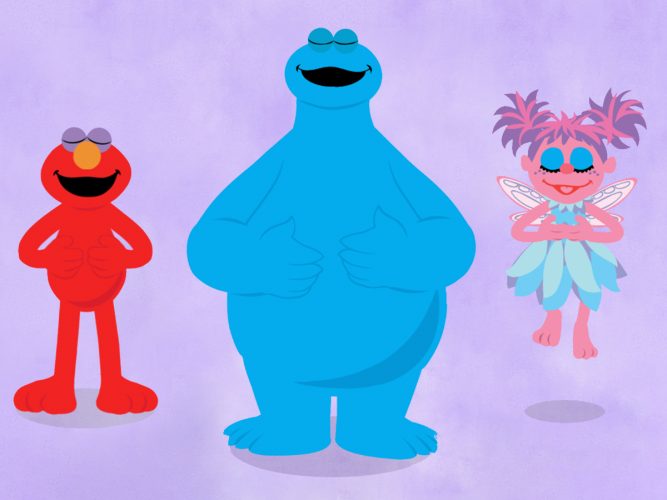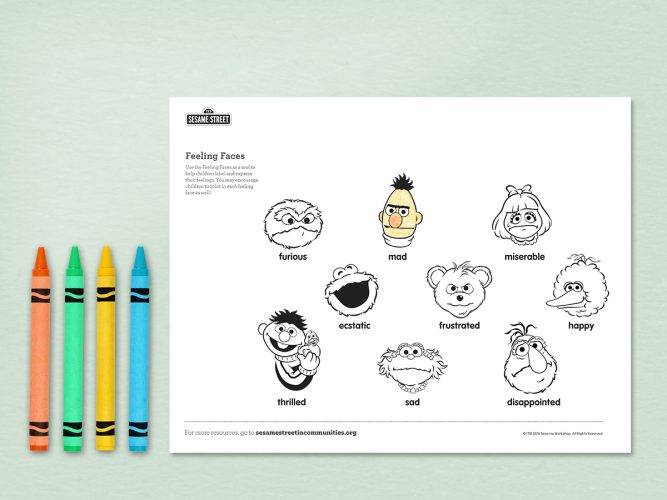
Practicing Comfort Strategies
Practice these strategies with young children (remember, they work for grown-ups, too!), then talk about other ways you can feel calm, safe, and comforted.
When our brains may be preoccupied by big feelings like fear, anxiety, or anger, simple techniques and nonverbal activities can help children and adults get “unstuck.” Practice these strategies with young children (remember, they work for grown-ups, too!), then talk about other ways you can feel calm, safe, and comforted.
- Breathe. Paying attention to our breath helps us come back to the present moment, and it can be done anytime, anywhere. Take three deep breaths—in through your nose, and out through your mouth—and feel your belly rise and fall.
- Move your body. Sometimes our feelings are too big for words. Invite children to express their feelings with their body. They could jump up and down, reach up high, squeeze into a tight ball, run very fast, or dance to an uplifting song.
- Draw your feelings. Children can express their feelings through art. You might ask them to draw what made them sad (or mad, or happy!), or to explore the feeling itself (“What color is your sadness?” “What shape is it?”). These questions can help children learn about their emotions and feel comfortable talking about them.
- Keep a journal. Offer children their own notebook. They can write or draw anything in it—what happened during the day, a made-up story, a poem—the act of writing can help them sort their thoughts and make sense of new information. If children are not yet writing on their own, they can tell their thoughts to you, and you can write them down.
- Snuggle a comfort object. Having something familiar to keep through changes, such as a favorite blanket, a piece of clothing with their favorite color, or a stuffed animal, can give children a sense of security.

Giving Yourself a Hug
Giving yourself a hug is one coping strategy that can help children rebuild a sense of safety.

Calm Down and Slow it Down
Big changes or difficult situations can leave children feeling agitated, drained, or scared.

Feeling Faces
Understanding and expressing feelings is another important coping skill for children and adults.
